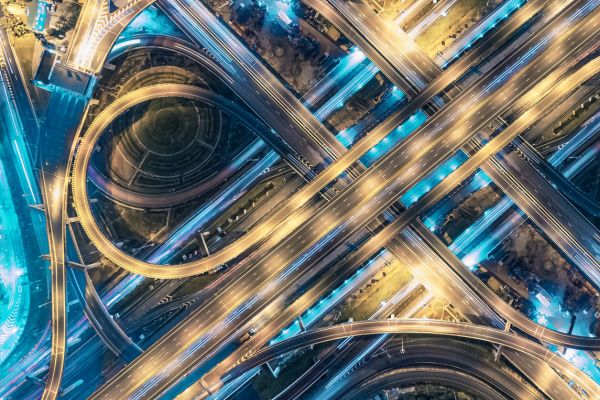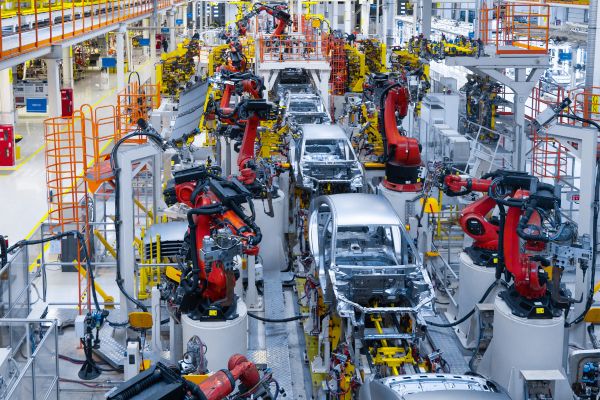The convergence of environmental challenges and social inequalities demands immediate and thoughtful action. In fact, the success of our future sustainability efforts depends on addressing both aspects simultaneously. At the recent Impact X Summit, leaders from various sectors came together to explore the complexities of this transition and the roles different stakeholders must play to ensure that it is equitable, inclusive, and sustainable. As Linh Do, Chair, Climate Action Network Australia and the moderator of the panel discussion, aptly pointed out, “A transition is only green if it’s also just.”
Understanding the Concept of a Just Transition
Dr. Nina Terrey, Partner and Chief Sustainability Officer at ThinkPlace, set the stage by delving into the foundational concept of a just transition. “Just” is not merely an add-on to the green agenda; it is central to it, she argued. “Just is essentially about good governance,” Dr. Terrey explained, “If it’s just, it involves some form of decentralized decision-making, down to the people affected by change.” Drawing from over a decade of experience in the energy transition space, she outlined a comprehensive framework for understanding justice in this context, which includes distributive justice, procedural justice, and restorative justice.
Distributive justice concerns how resources, benefits, and burdens are allocated during the transition. Procedural justice focuses on the process, ensuring that all stakeholders, especially those most affected, are engaged in decision-making. Restorative justice addresses the harms caused by climate change, seeking to repair and prevent further damage. Dr. Terrey emphasized that these dimensions are not theoretical but practical tools that help pinpoint the mechanisms needed to drive a just transition. “It’s universal, recognizing groups that need attention, and cosmopolitan, going beyond borders to consider global impacts,” she added, highlighting the interconnectedness of local, national, and international efforts.
Read the full story in the September 2024 issue of Impact Leadership magazine.










